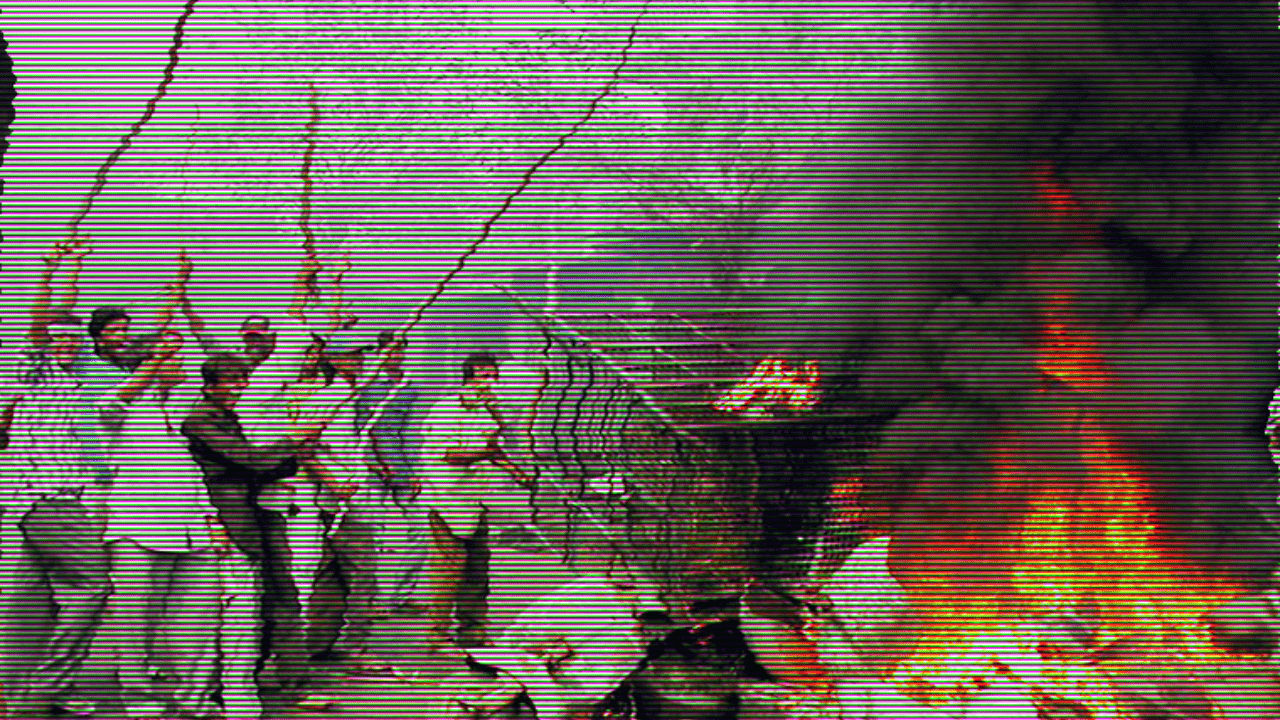Over the last 20 years, I’ve lived with the fright of seen nightmares of unseen, horror of heard, and terror of unheard. The wall of my mind which I painted with the memories of my childhood has a distressful silhouette of Kausar Bano and, independent India’s first full-blooded pogrom, Gujarat 2002 which fills me with screams of anguish and shiver of fear.
My first encounter with Kausar Bano and the 2002 Gujarat pogrom was as a 3-years-old viewer of a well-known news channel that was reporting about one of the most gruesome murders from Naroda Patiya massacre: Murder of Kausar Bano, a young nine-month-old pregnant woman whose belly was slit open with the sword and burnt alive. After our first encounter, they never really left.
When, Where, and How?
The birth of the Sangh Parivar was the worst fatal accident in Indian History. The seeds of hatred and separation that were sown by Sangh around a century ago, later sprouted as anti-muslim violence, mob lynching, the love jihad propaganda, and public humiliation of Muslims. But Dec. 6, 1992, was the day when the backbone of India suffered irreparable damage and the roots of the Indian Constitution were shaken. Tens of thousands of karsevaks with the support of Shiv Sena, VHP, and BJP stormed the Babri Masjid in the northern city of Ayodhya, demolishing it who claimed that an ancient Ram temple stood at the same site. Ram temple will remain a flashpoint, as later events in Gujarat reveal.
Godhra Train Burning
On the morning of 27 February 2002, 59 Hindu pilgrims and karsevaks were killed in a fire inside the S-6 coach of the Sabarmati Express train near the Godhra railway station in Panchmahal district of Gujarat. Most of them were returning from the inauguration of the VHP’s 100-day ‘Purnahuti Maha Yagna’ in Ayodhya. The yagna was a part of Hindutva’s agenda to build a Ram temple on the site where the Babri Masjid once stood.
As for who lit the fire remains a mystery.
According to the Forensic Science Laboratory report, the fire could not have been started by anyone outside. So the question arises if the karsevaks had shut the doors and windows to protect themselves from the stone pelting, how could the perpetrators have gained access to the coach to spill 60 litres of inflammable liquid to set coach S-6 on fire?
Two commissions were appointed for inquiring into the Godhra train burning incident: Nanavati-Mehta Commission by, then Gujarat CM, Narendra Modi, and UC Banerjee Committee by UPA led Central Government. According to Nanavati-Mehta Commission Report, the burning of the S-6 coach of Sabarmati express was a ‘conspiracy’. But the findings of the UC Banerjee Committee were in stark contrast to what the Nanavati-Mehta Commission had concluded. According to the UC Banerjee Committee report, the fire was ‘accidental’.
The charred bodies of the 59 victims were displayed for the public in Ahmedabad which instigated anti-Muslim sentiment and had grave repercussions. P.C. Pande, Police Commissioner of Ahmedabad during the Godhra and post-Godhra violence of 2002, deposed before the Justice G.T. Nanavati Commission in August 2004 that the decision to transport the charred bodies of Godhra victims to Ahmedabad was “taken at the top level of the government.” However, it is still not clear who took the decision to hand over the bodies to be taken to Ahmedabad.
Naroda Patiya Massacre
The bandh (strike) was called by Vishwa Hindu Parishad (VHP) a day after the Godhra train burning. During the bandh, a mob of around 5,000 people, led by Bajarang Dal leader Babu Bajrangi, gathered at Naroda Patiya. The rioting began at 9 am when the Noorani Mosque was destroyed by exploding liquified petroleum gas (LPG) cylinders. The riot lasted almost the whole day during which the mob looted, stabbed, sexually assaulted, gang-raped, and burnt people individually and in groups. It left 97 people dead including 36 women, 35 children, and many more injured. While the High court convicted 16 persons, including Babu Bajrangi but acquitted 18 others including former BJP Minister Maya Kodnani, who was tried as the main accused by the trial court.
Gulbarg Society Massacre
On Feb 28, 2002, at about 10.30 a.m., police commissioner Pandey, with Ambalal Nadia and Kannulal Solanki visited Ehsan Jafri, a former Congress MP, and gave him a personal assurance that he would be fully protected. Despite the CP’s visit to Gulberg society, the police did not come. A mob surrounded the Chamanpura area in the heart of Ahmedabad. Many of the residents reacted to the presence of the mob by taking refuge in the home of Ehsan Jafri. The attackers first torched all the vehicles outside. Huge stones, acid bulbs, bottles, and petrol bombs were thrown inside. Jafri kept looking outside with apprehension while he made calls to all the influential people listed in his black diary but received no help. The attackers were pulling out the girls and killing anyone who came out of Jafri’s home. Seeing this situation he made the last call to then CM of Gujarat and now PM Narendra Damodardas Modi. “Jafri, you are on your own. Save yourself if you can” uttered 56-inch chest.
Around 2:30 p.m., Ehsan Jafri, who was clearly a specific target, allowed himself to be dragged out of his own house. There, just outside the home that he had so painfully created, for 45 minutes, he was brutally dismembered and then finally decapitated. He was stripped, paraded naked, and asked to say, “Vande Mataram!” and “Jai Shri Ram!”. He refused. His fingers were chopped off and he was paraded around in the locality, badly injured. Next, his hands and feet were chopped off. He was then dragged, a fork-like instrument clutching his neck, down the road, before being thrown into the fire. If that is how a life of a former Member of Parliament in India came to an end, think about the brutality that ordinary people faced. All this happened in a broad daylight, at the centre of a well-connected society comprising of educated people, in the technologically advanced 21st Century.
The bloodbath continued for the next few months in different parts of Gujarat. According to official figures, the riots ended with 1,044 dead, 223 missing, and 2,500 injured and official figures related to rape cases are not available.
Relief and Rehabilitation
CM Modi refused to support the relief camps where more than one hundred thousand helpless victims of the riots were given shelter and relief. Under pressure when he was forced to provide the relief, he prematurely closed many of those facilities without due regard to victim’s rehabilitation saying “the baby producing factories need to be closed”. Many of those victims have still not found shelter leave alone their lost livelihoods. They continue to languish in pain and miseries and suffer the hardships in their own state.
Gaurav Yatra 2002
During the procession of prestige 2002, Narendra Modi made several inflammatory speeches demonising Muslims. In one of his speeches at Bahucharaji he exclaimed: “Since we (BJP) are here, we brought water in Sabarmati during the month of Shravan, when you (Congress) are there, you can bring it in the month of Ramadan (the holy month of Muslims)”.
This was not the first time he spewed hatred and ill-will towards Muslims. Mr Modi tried to justify the anti-Muslim pogrom based on Newton’s law, calling it a “reaction to the action in Godhra”. He deliberately and misleadingly invoked the excuse of Muslim terrorism in Gujarat to feed on the fears of innocent people of the state.
Women Under Attack
Extreme cruelty and brutality have characterised all the big communal massacres of post- Independence India but the Gujarat carnage stands out for its extensive and specific targeting of women. As per the report of the Tribunal, women suffered the most bestial forms of brutality, sexual violence including forced nudity, gang-rapes, mutilation, insertion of objects into bodies, cutting off breasts, slitting the stomach and reproductive organs, and carving of Hindu religious symbols on women’s body parts. And most of them were burnt alive. Amongst the survivors, few have spoken about the assaults but many have been silenced for fear of further attacks and fear of censure from their own families and community.
Final Solution
The aftermath of the Gujarat pogrom has been accurately captured in Rakesh Sharma’s documentary on Gujarat pogrom titled “Final Solution” first banned and then released in 2004. It examines the patterns of pre-planned genocidal violence (by right-wing Hindutva terrorists) and the exploitation of the Godhra incident during the then CM Narendra Modi’s electoral campaign.
Gujarat Files
The exceptionally brave Rana Ayyub’s Gujarat Files is a book that had an account of an eight-month-long undercover investigation into the Gujarat rioeight-month-longers and the murder of state Home Minister Haren Pandya that brings to the fore startling revelations. While working for Tehelka, Ayyub conducted sting operations and met with bureaucrats and senior police officers who had held key positions in the State between 2001 and 2010.
The Truth: Gujarat 2002
An investigative report on the 2002 Gujarat riots was published by India’s Tehelka news magazine in its 7 November 2007 issue. The video footage was screened by the news channel Aaj Tak. The videos of a sting operation were made available on the internet. The recordings show 14 main characters including Babu Bajrangi (Bajrang Dal leader) Haresh Bhatt (BJP MLA). Some excerpts from the Tehelka tapes:
“To get me out on bail Narendrabhai changed judges thrice.” – Babu Bajrangi
“He has done what no CM ever has… he openly said that we had three days to do what we could… he said he would not give us time after that.” – Haresh Bhatt
In 2014, the majority rewarded Narendra Modi and crowned him by electing him to power with a whopping majority. Today, he stands as a proud Hindu nationalist PM of the world’s largest democracy and his foot soldiers paving the way for Hindu Rastra.
Related
Rimsha Khan has a bachelor's degree in Biotechnology and currently pursuing M.A. in Political Science at Lady Shri Ram College of Women, University of Delhi.












































